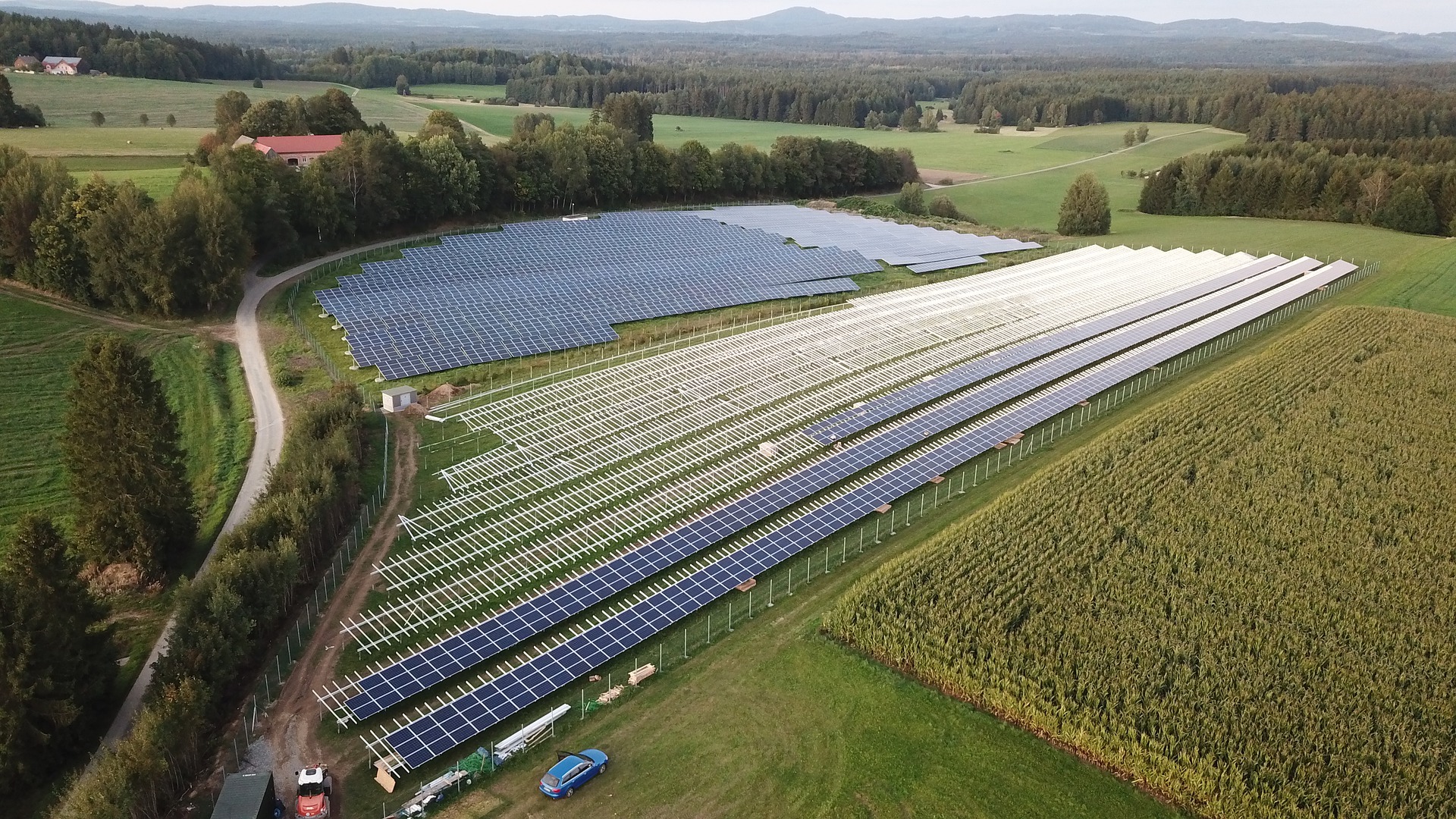As gas and coal prices have broken out to multi-year highs this year, utility-scale solar projects continue to get cheaper. Lower costs and ramped up investments by utilities and big energy firms like BP suggest another record year of solar power deployment is likely in 2022.
Wood Mackenzie expects the growth of annual US solar power additions to continue through at least 2024, but a potential 10-year extension of the Solar Investment Tax Credit could boost solar installations by 44% over the next decade.
Related ETF & Stocks: Invesco Solar ETF (TAN), First Solar, Inc. (FSLR)
Utility-Scale Solar Deployment, Big Oil Investments Surging
The first nine months of 2021 saw US utility-scale solar additions reach 8,410 megawatts (MW), a 38% increase YoY, according to research organization Sun Day Campaign. Further, data from the Federal Energy Regulatory Commission (FERC), cited by PV Tech, showed renewables accounted for nearly 88% of new electric capacity added during the nine months, up from 64% during the same period last year.
A new report from S&P Global Platts, highlighted by CNBC, projects as much as 44 gigawatts (GW) of utility-scale solar, and 27 GW of wind to come online next year. For solar, the forecast is nearly double 2021′s estimated 23 GW of new capacity.
UtilityDive recently reported that US-based PV module manufacturer First Solar will supply at least 4.4 GW, as well as options for up to 1 GW more, of solar panels to British and solar energy partner Lightsource BP through the year 2025. This sale represents the company’s largest deal ever, potentially doubling the size of their second largest sale at 2.4 GW.
BP last year set a target to boost its renewable energy capacity to 50 GW up from less than 3 GW, contributing to a larger green energy pivot among big oil and gas producers. Per the Wall Street Journal, BP, Royal Dutch Shell, and French peer TotalEnergies SE are now among the most active clean-tech investors by number of deals closed, according to data provider PitchBook, with activity ramping up amid the shift to technologies like electric vehicles and solar and wind power. Meghan Sharp, head of BP Ventures, now expects to spend up to $200 million a year, double what it has spent in some previous years.
MRP recently noted that ACWA Power International, a Saudi Arabian renewable energy firm, became the Kingdom’s largest offering since Saudi Aramco went public in 2019. Per Bloomberg, ACWA was valued at $10.9 billion prior to its recent IPO in Riyadh, raising more than $1.2 billion. Aramco itself owns a 30% stake in a new $907 million Saudi solar power plant, expected to generate a total capacity of 1.5 gigawatts (GW) of electricity at completion. ACWA, half-owned by the Saudi sovereign wealth fund, will also take a 35% stake. Going forward, S&P Global notes that ACWA expects to take part in about $30 billion worth of renewable projects with partners Saudi Aramco and the fund, the company’s CEO, Paddy Padmanathan.
Favorable Solar Cost Structure Continues to Get Cheaper
Wood Mackenzie expects annual US solar deployment will keep rising until the Solar Investment Tax Credit (ITC) fully phases down in 2024. If a 10-year ITC extension proposal in the US House of Representatives’ version of a budget reconciliation package was to be passed into law in coming weeks, PowerEngineering reports that solar deployments in the US could increase by 44% over the next decade – an addition of 432 GW of solar capacity by 2030, versus 300 GW in Wood Mackenzie’s current base case outlook.
Though the House has already passed the bill, it is worth noting that any spending in…
To read the complete Market Insight, current clients SIGN IN HERE For a free trial, or to subscribe and become an MRP client today, START A FREE TRIAL Once you’re logged in, you’ll also gain access to:










